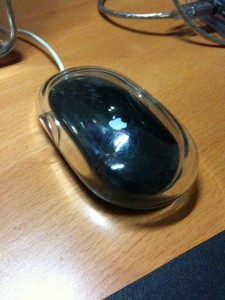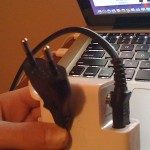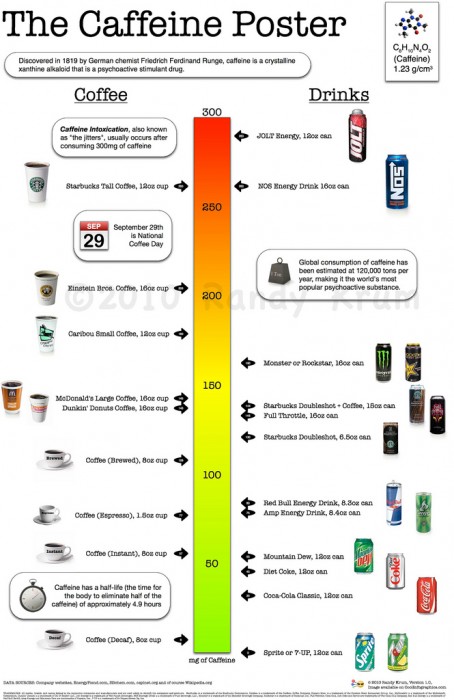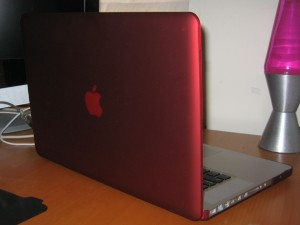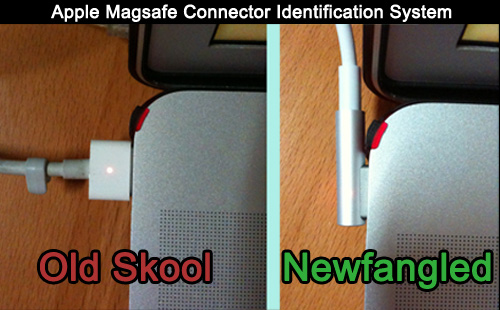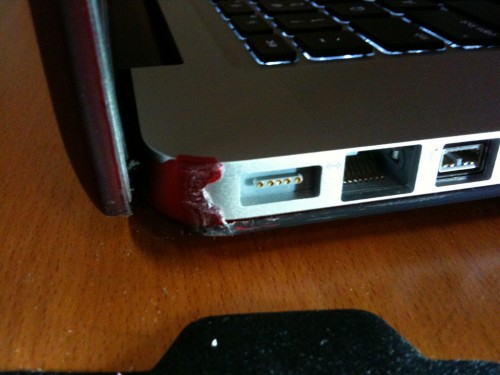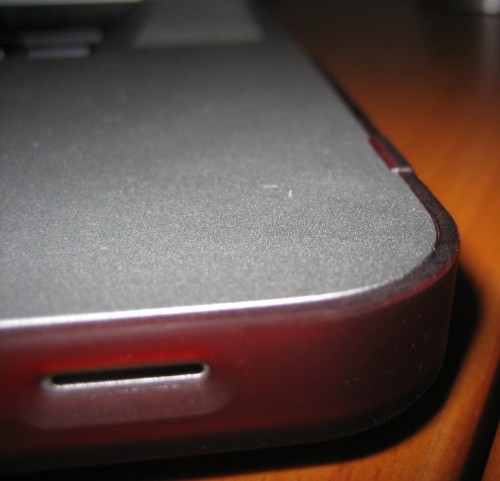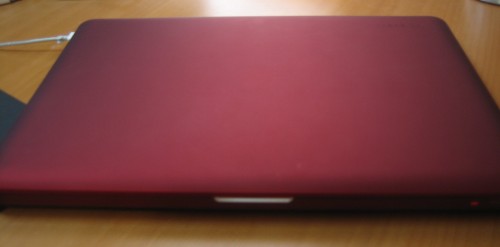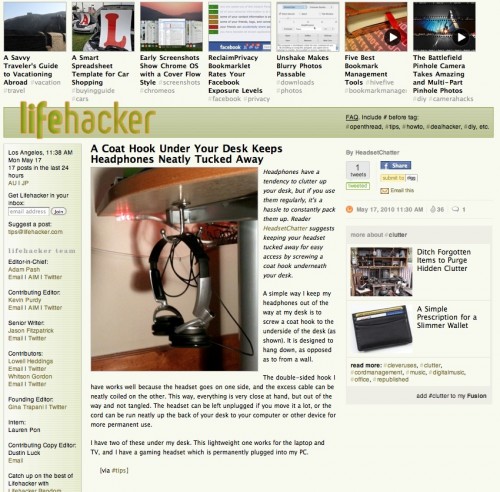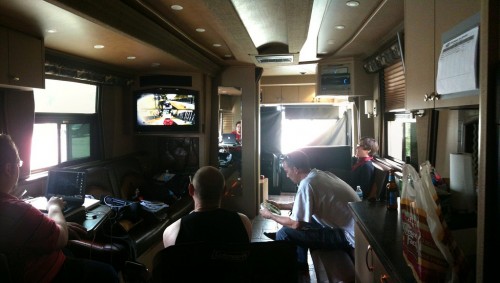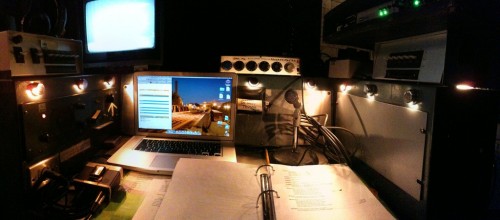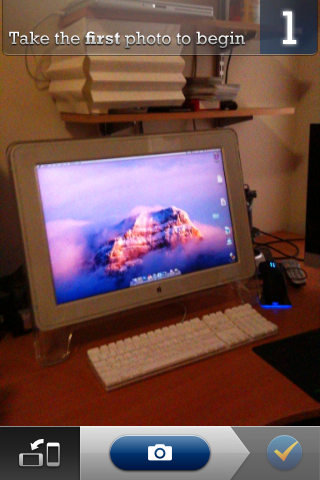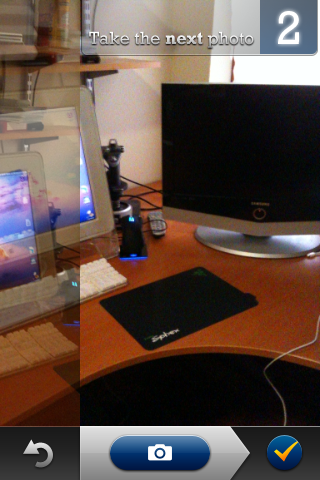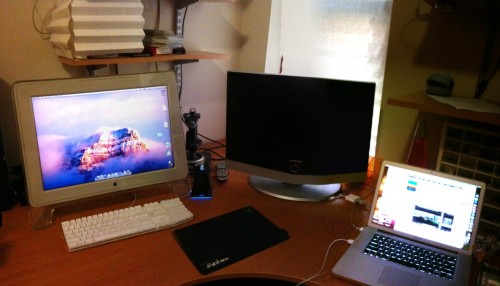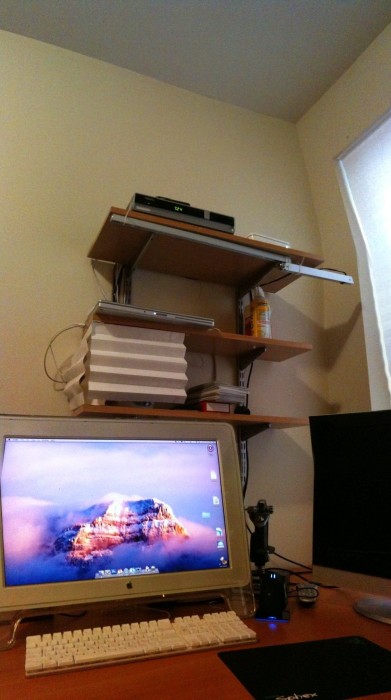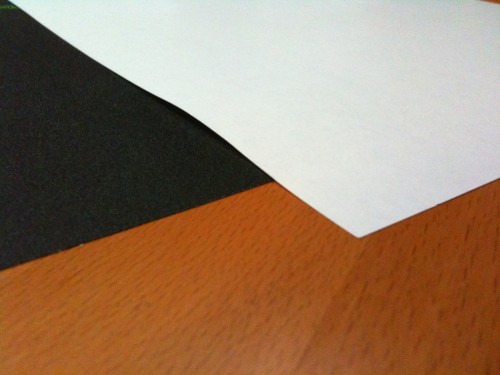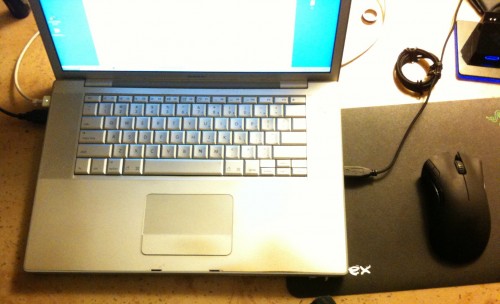Since Steve Jobs’ latest keynote a few weeks back, I haven’t mentioned what my thoughts are on the iPhone 4. I did tweet a bit during the keynote. Before it began I said:
(8:57AM) Just for the record, as of right now I don’t feel the need to buy a new iPhone the day it comes out. We’ll see in a few hours.
Later during the keynote my tone changed:
(1:37PM) Sigh. Do want.
Basically what attracts me about it is the higher pixel density (“higher” is kind of an understatement for allegedly greater than the human eye can perceive), and the camera features. I use my camera constantly, mostly for blogging and Flickr, and often for work. When I’m not using my camera, it’s usually because I want to take a picture, but the subject is too dark, or will come out too blurry for my needs. Any improvement to the camera is something I will benefit from every day.
Unlike some people, I really like the new design with the square-ish edges and metal border. Especially when we found out that the border is metal because it IS the antenna. That’s pretty brilliant, and I hope it pays off in better reception. I don’t honestly think the phone gets bad reception on average. I think AT&T’s coverage spontaneously decides to suck (like this morning when I got a phone call in my apartment where I normally have full bars of 3G, but at that particular moment had 1 bar of GPRS and couldn’t hear the other party).
Anyway, I decided the phone was worth getting, and since it will be obsolete in a year, buying it on day 1 or day 20 or day 100 is going to cost the same amount of money, but will provide the earliest and longest enjoyment when purchased on Day 1.
So on pre-order day I began trying to place my order. The Apple site was crashing when it tried to access AT&T’s records, so while attempting to use it for hours, I read all the tweets complaining about it, and found one that mentioned that Radio Shack is offering a trade-in for old iPhones. Now I’m a self-respecting Mac geek and would never go anywhere to buy an iPhone other than an Apple Store at 5AM on launch day. Certainly not to a freakin’ Radio Shack! But I did some more research and found that they are offering between $200-300 for a used 3GS, depending on wear and tear. I think mine is in pretty good shape, having been in a case all its life. Still recovering from the purchase of my MacBook Pro, a discount that would simplify the process of getting rid of my 3GS, and give me back most or all of the cost of the new phone sounded too good to pass up. So I went to my local Radio Shack just before they started taking preorders.
I was #5 in line when sales started at 1PM. After a few tries, the first guy got his phone. I waited in that store for 45 minutes, with three registers attempting to reach the servers, and in that time, nobody else was able to complete a sale. Then I had to go to work. Just before I left, I also found out that Radio Shack — all of Radio Shack — had only 9,500 units available for preorder. They have 6,500 stores. Having recently read an article about Radio Shack franchises, I knew this number was somewhere around 5,000, and realized that I had been standing on line for what was probably only 1 or 2 available phones.
Now I know that Foxconn can only make so many phones before launch (especially with most of their employees jumping off the roof), and that Apple wants to make sure that their own stores have the best supply, but I was insulted at having spent an hour of my life in line for a phone that it would have been impossible to buy, even if the servers had worked. Why even bother selling something if you only have one per store? That doesn’t benefit customers at all, it only benefits the corporation to trick people into their store with an item they want, when they know damn well they don’t have any.
The local Radio Shack is taking a waiting list, but at first I was still considering making the annual pilgrimage to the Apple Store at 5AM, because it’s fun, more than anything else. But I think I need to be a responsible adult and enjoy the release of iOS4 on launch day, which will still be exciting for my 3GS, and then at some later date, when the second batch of phones hits Radio Shack, I can get mine cheap. I don’t need to have the new features next week as opposed to next month. Most of all I will really miss the excitement of an Apple Store opening on launch day. If anybody I know is getting one, I would totally get on line with them for moral support!
Unless I can think of something to buy with the Radio Shack store credit that I actually need and would have to eventually buy anyway… Windows 7 is a possibility. So in short, I still don’t know exactly what’s going to happen. But right now I think I might wait a while.


